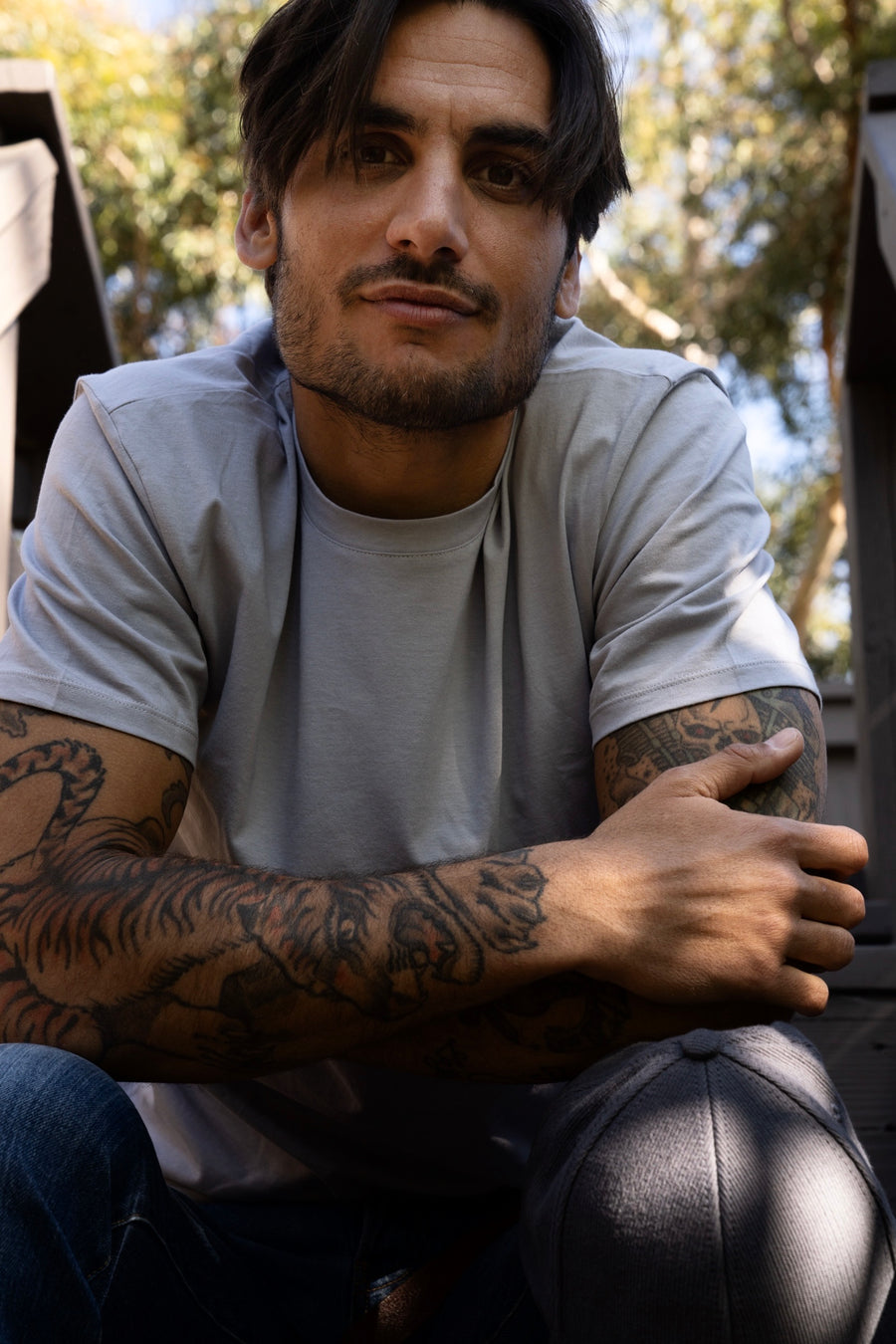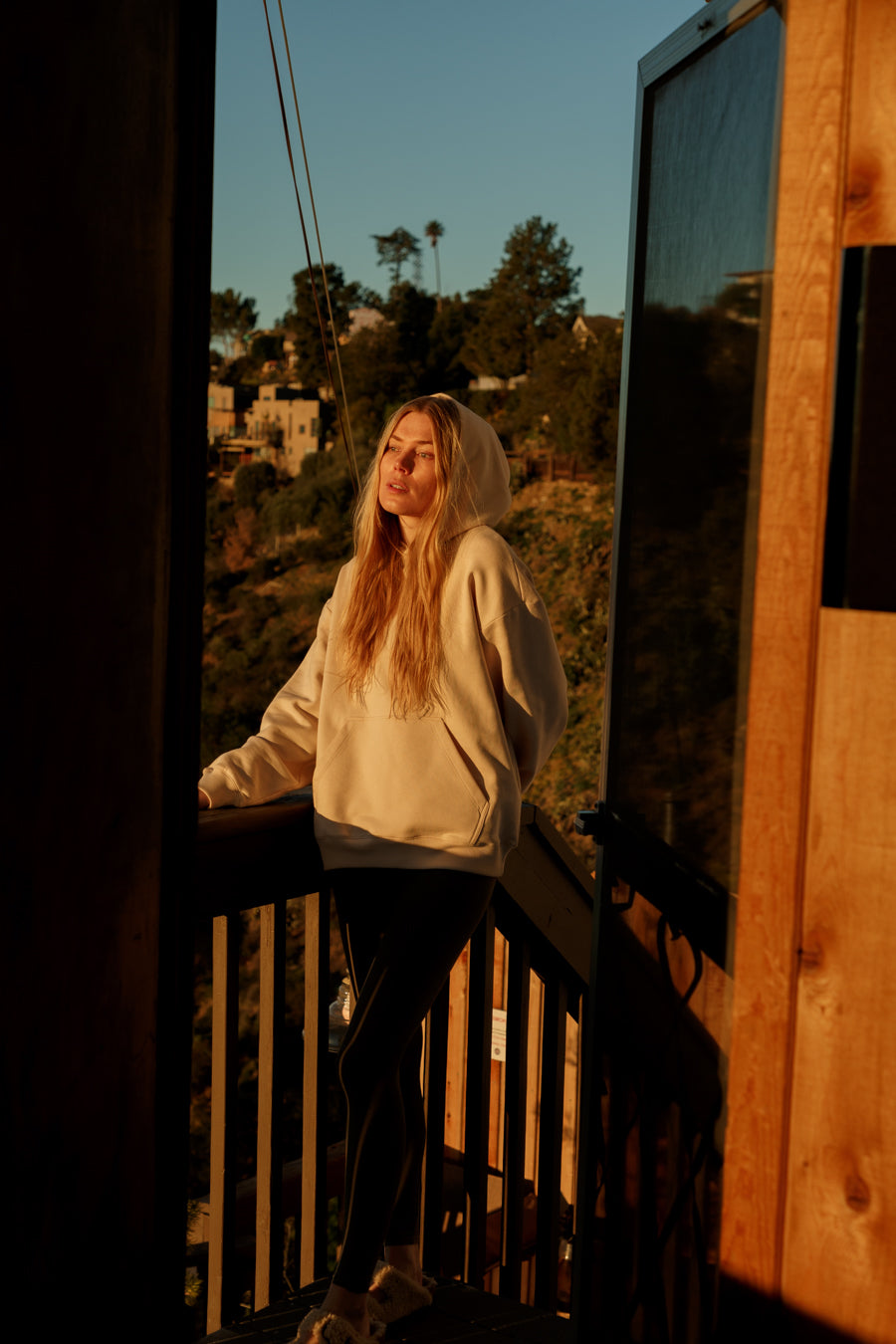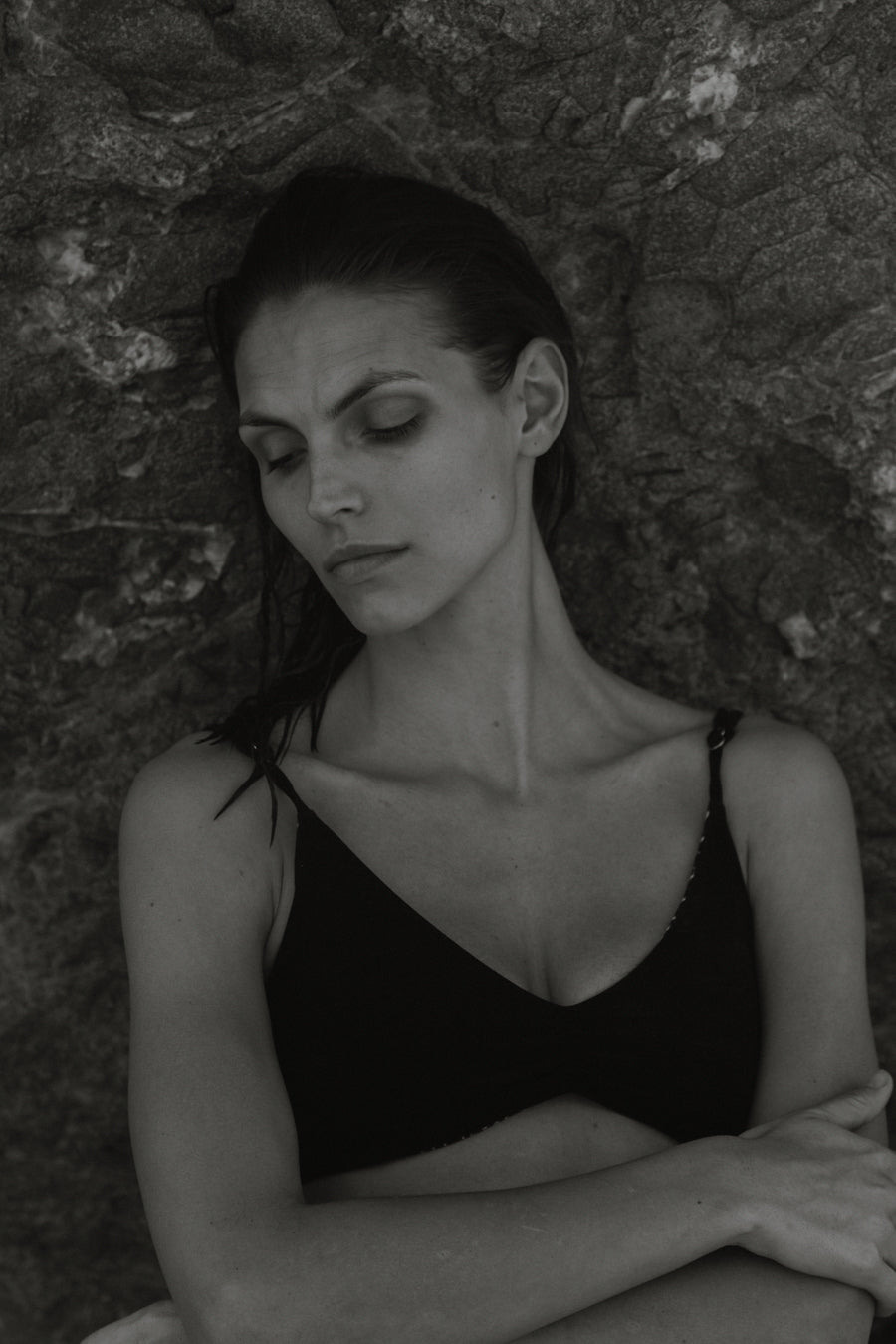Journey Part 4: Farewell to the White Giants

In the future, glaciers will be an alien phenomenon, rare as a Bengal tiger. Having lived in the time of the white giants will become swaddled in a fairy-tale glow, like having stroked a dragon or handled the eggs of the great auk. Glaciers will certainly be found in the Arctic, Greenland, and Antarctica for a few thousand more years, but probably not in the Alps and the Andes; they will disappear in most parts of the Himalayas and Iceland. People will ask, how were glaciers described at the beginning of the twenty-first century?
I was not as familiar with glaciers as my grandparents were. I had seen them from afar and gone up to Snæfellsjökull in winter, but winter glaciers are nothing like summer glaciers and outlet glaciers are quite different from an ice sheet or a minor glacier.
And so we planned to cross Skeidarárjökull, where it heads south from Vatnajökull, one of its major valley glaciers. It was the end of July 2012; all the winter snow had melted and all the cracks and shapes in the ice were as clear as they would get. This was actually our second assault on the glacier. A few years earlier we had headed up there in pouring rain and pitched our tents on a low gravel bed. When we woke up in the morning, pools and springs had formed under the campsite. It was almost as if someone had struck the ground with a magic wand, causing water to well up out of little bulging eyes; people woke drenched in deep puddles and so we turned back home.
Now the plan was to camp at the edge of the glacier, fairly high up, and cross the glacier in one long day trip, a total of about twenty-five kilometers. Then we would camp on a green terrace, one of the most beautiful campsites in the country, and make another long day trip into Skaftafell National Park.

We woke up in crappy weather; the tent was shaking in the wind. It was warm down inside our sleeping bags but shiveringly cold once we crawled out of them. We packed up quickly and set off in spite of the poor visibility. At the edge of the glacier, we ran into some hikers who had crossed the glacier during the night. These were a French father and son and the father’s friend; they were cold and dazed, almost in shock after the night’s hardships. They had lost their way and come across a crevasse that could not be traversed; it led them astray so that they ended up too low down, where they got into a maze of deadly deep crevasses. And so they went back and forth blindly in the fog and rain and darkness. Ten hours of walking became twenty hours. They feared for their lives and pitched their tent as soon as they stepped off the ice, bone-tired and relieved they had reached safety.
We ourselves tramped through slushy mud at the glacier’s edge, where glacier meets land. We tried to avoid the quick- sand that forms when melting glacier ice seeps water into the sediment. The glacier was black with sand for the first part of our journey and on the ice we could make out strange objects, flat stones on thin ice pillars, like works of art made by aliens. The weather was slowly clearing, until we started to see before us an endless breadth of tussocks, as though innumerable white turtle shells stretched out as far as the eye could see.
We saw that in the middle of the mountain slope on each side of the glacier was a light stripe that marked its surface level as it had been just a few years ago. In many places high up in the cirques, we could discern so-called dead ice, floes still hanging there in the rock after the surface had subsided. It tests every sense of one’s brain to imagine a glacier’s surface thirty meters above one’s height, the height of a ten-story building, extending it in the mind, as though it’s a vaulted ceiling over the entire expanse, reaching one edge of the glacier to the other and a whole kilometer out onto the sand.
Our path continued and now it was as if each of the tub socks were individual scales, with the outlet glacier the tail of a white dragon. We came upon something that resembled a black sand pyramid and then more pyramids gradually appeared until we entered an entire forest of black pyramids in the middle of the glacier. The evaporation from the sand cones emitted fog veils; little streams trickled between them, creating a micro-landscape, almost like a bonsai landscape, little mountains and little rivers and little towns, and we were mesmerized by the shapes and the beauty. Between the pyramids, streams ran like little waterslides. It was tempting to take a ride but if we followed them, we’d end up in a glacial hole. These gullets were white holes that became blue holes and black holes that extended as much as three hundred meters down to the bottom; it was vital to take special care around them. The thought of losing one’s footing and disappearing down into a hole was the stuff of nightmares. The only parallel my mind could conjure was the sandpit in Star Wars where the gigantic, wormlike Sarlacc lived.

In the book Solaris by Stanislaw Lem, astronauts float behind a mysterious planet and try to figure out its nature. They hypothesize that the planet has some kind of self-awareness beyond what the human mind can comprehend. On the surface of the planet is a kind of ocean of yellow foam that takes on familiar shapes the astronauts try to interpret and understand. They wonder if the planet is sending them messages.
I tried to interpret the glacier’s shapes, the pyramid forest opening out into a streak on the surface that resembled a two-lane highway. In the middle of the “road” was a black line as if to mark the lanes. The surface was smooth and level; one could have driven at seventy miles an hour as far as the eye could see. I involuntarily looked both ways as I walked across the “road” and wondered if the glacier was giving me a signal. Maybe it was telling me that somewhere between the pyramids and the motorways something had gone wrong.

I lay down on the cold ice and put my ear to a narrow crevasse that seemed a whole eternity deep though only a few inches wide. The ice in the wound was as clear as crystal. I looked at the veins and bubbles in the body of the glacier, which created a strange three-dimensional feeling. I heard how the water gushed far down in the quivering space like a dark bass, water dancing somewhere deep down at the bottom, like a giant xylophone, a rock harp, an ice harp. The glacier’s swan song.
Now that the glacier is changing faster than ever before, I feel within myself a paradox. My being on the glacier comes from advances and technologies, the production and mass extraction of Earth’s resources. By the time humans were able to cross glaciers, to count the nesting places of crocodiles, and to study the song of the humpback whales, we’d grown so strong and expanded so far that what we were finally able to measure and understand had already started disappearing.
In the summer of 2019, I was given the strange task of writing a memorial for the Okjökull glacier, the first of hundreds of glaciers Iceland will lose over the next two hundred years. It took me quite some time. I wondered who I was addressing with the words on the plaque; I wondered at the absurdity of the task. How do you say goodbye to a glacier? In the end I came up with this:
Ok is the first Icelandic glacier to lose its status as a glacier. In the next 200 years, all our glaciers are expected to follow the same path. This monument acknowledges that we know what is happening and what needs to be done. Only you know if we did it.





